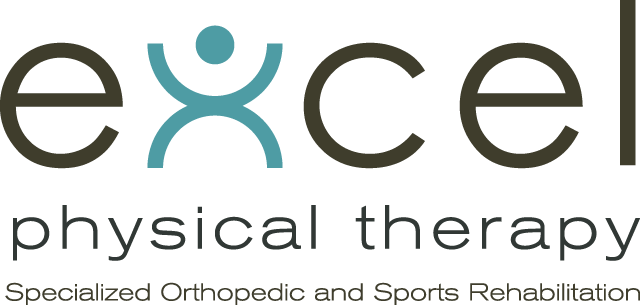By Jackie Oliver, DPT
A deep vein thrombosis (DVT) occurs when a blood clot or thrombus forms in one of your deep veins due to slow moving blood. Most often a DVT occurs in the calf or lower leg, however a DVT can also form in other regions of the body such as the arm. Learning what puts you at risk for developing a DVT, as well as being able to identify the signs and symptoms associated with this medical condition is important for prevention of more serious complications like a pulmonary embolism (blocking blood flow to the lungs).
The signs and symptoms of a DVT can include swelling in the affected leg, usually in the calf. This will normally feel sore and tender to touch. You may also see redness and warmth associated with the swelling. The hallmark sign of a DVT is that the pain does not increase or decrease with a change in position. DVTs can mimic a musculoskeletal injury like a calf strain without other symptoms like swelling and redness. The thing to remember is that a calf strain would have a mechanism of injury or a specific onset, whereas a DVT would have a history of prolonged sitting or recent surgery.
Risk factors that increase the likelihood of developing a DVT include: a recent surgery, prolonged bed rest, pregnancy, smoking, age or sitting for long periods of time like when you are driving or flying.
If you find yourself in one of these categories there are a few measures you can take for prevention:
1.) Avoid sitting still for prolonged periods. If you do have to be sitting or immobile for prolonged periods such as long plane flights or being laid up in bed recovering from a surgery or sickness, try pumping your feet up and down to get your muscles working and the blood flowing in your legs.
2.) Wearing compression stockings during periods of immobility can help decrease the risk of developing a DVT. Talk to your doctor or physical therapist about getting compression stockings for travel or after surgery.
3.) Regular exercise can also lower your risk of blood clots. A new study published by the Journal of Thrombosis and Haemostasis states that participation in sports, regardless of intensity, can lower your risk of developing blood clots by up to 39%. Regular exercise also decreases your BMI, which can also lower your risk.
If you think you have symptoms related to a DVT it is important to get it checked out at an Urgent Care or Emergency Department as soon as possible. Your doctor will be able to detect a DVT using compression ultrasonography and will treat accordingly. DVTs can be a serious health problem but knowing the signs and symptoms can help prevent complications. Discovered early, complications from DVTs are preventable and easily treatable.
Jackie Oliver, DPT has an intense passion for helping and educating others as well as preventative medicine. Because of her college sports background, she loves working with athletes, biomechanical training and sport injury prevention. She is also trained as a Diabetes Lifestyle Coach and has worked for the University of Utah and CDC helping individuals decrease their risk of developing diabetes. Jackie is a certified dry needling provider with advanced training from Evidence in Motion and KinetaCore. Jackie also leads our Work Site Solutions programs.

